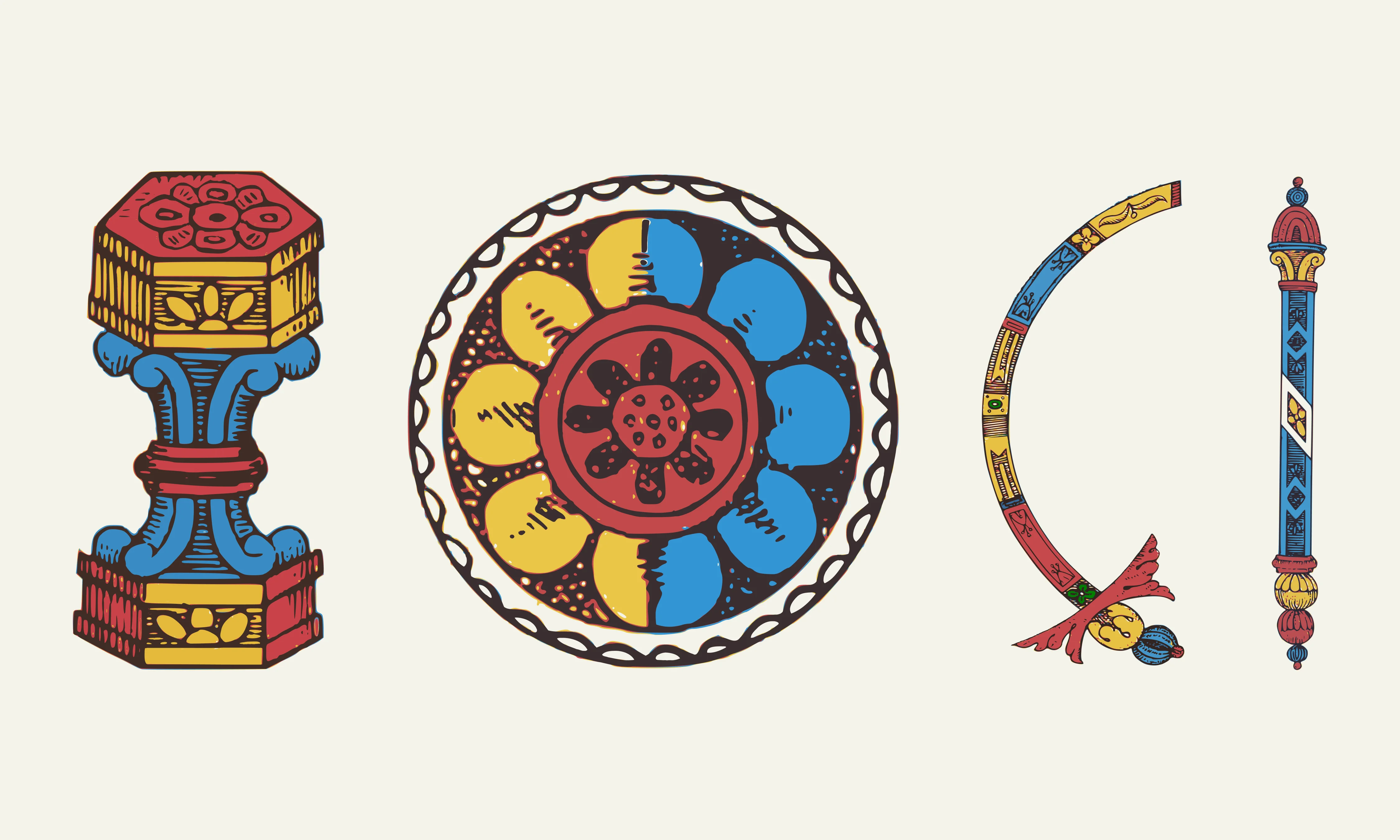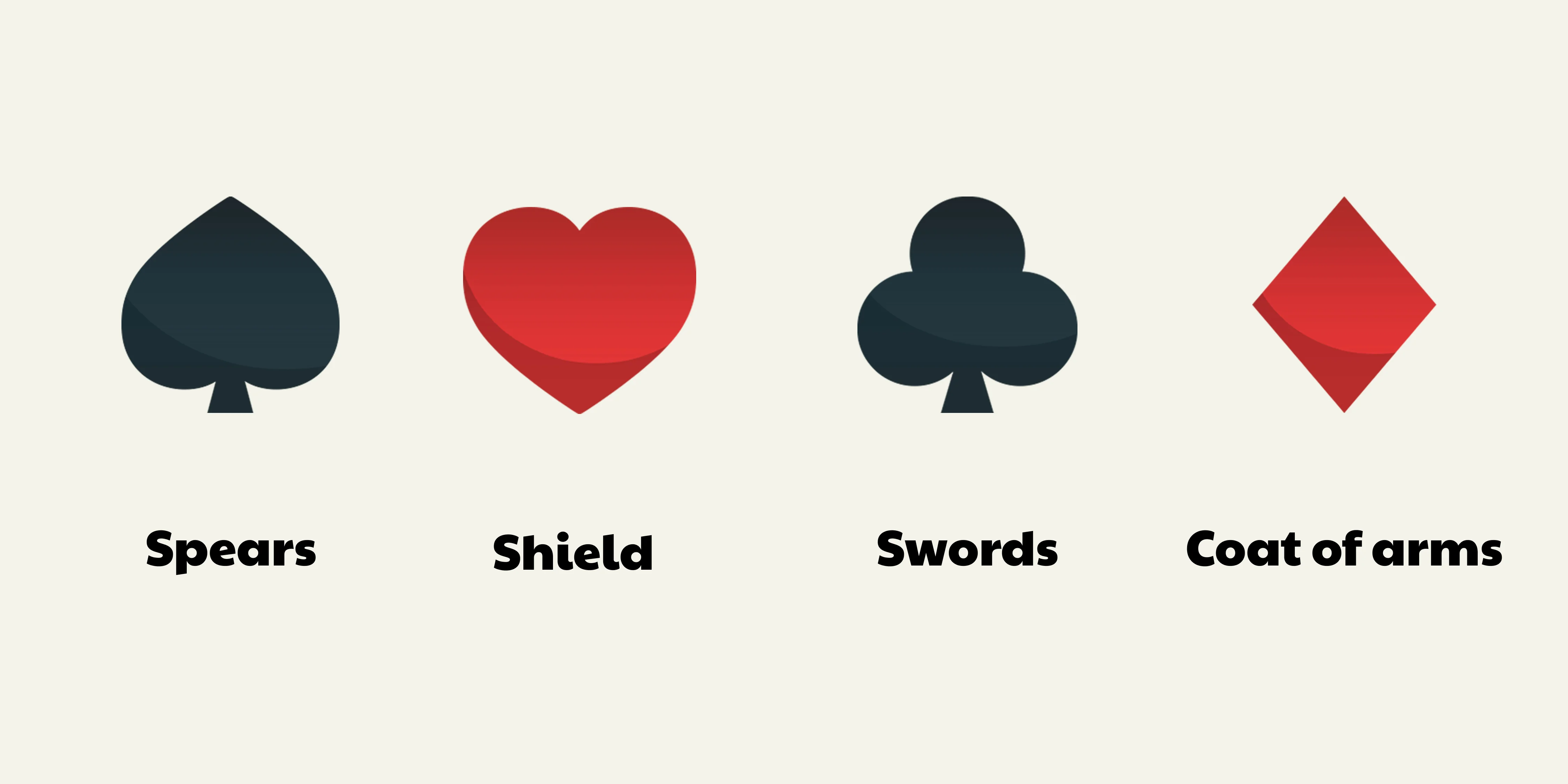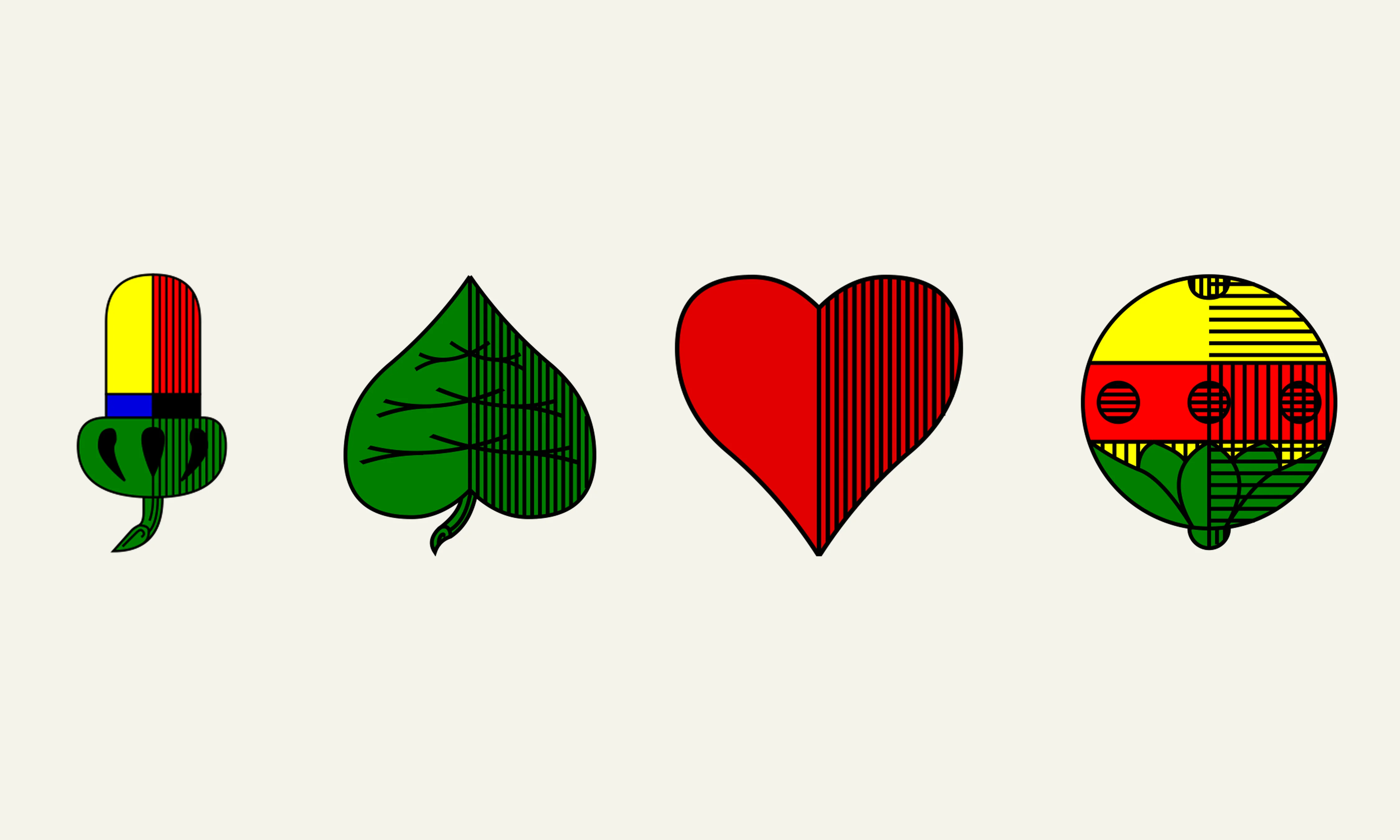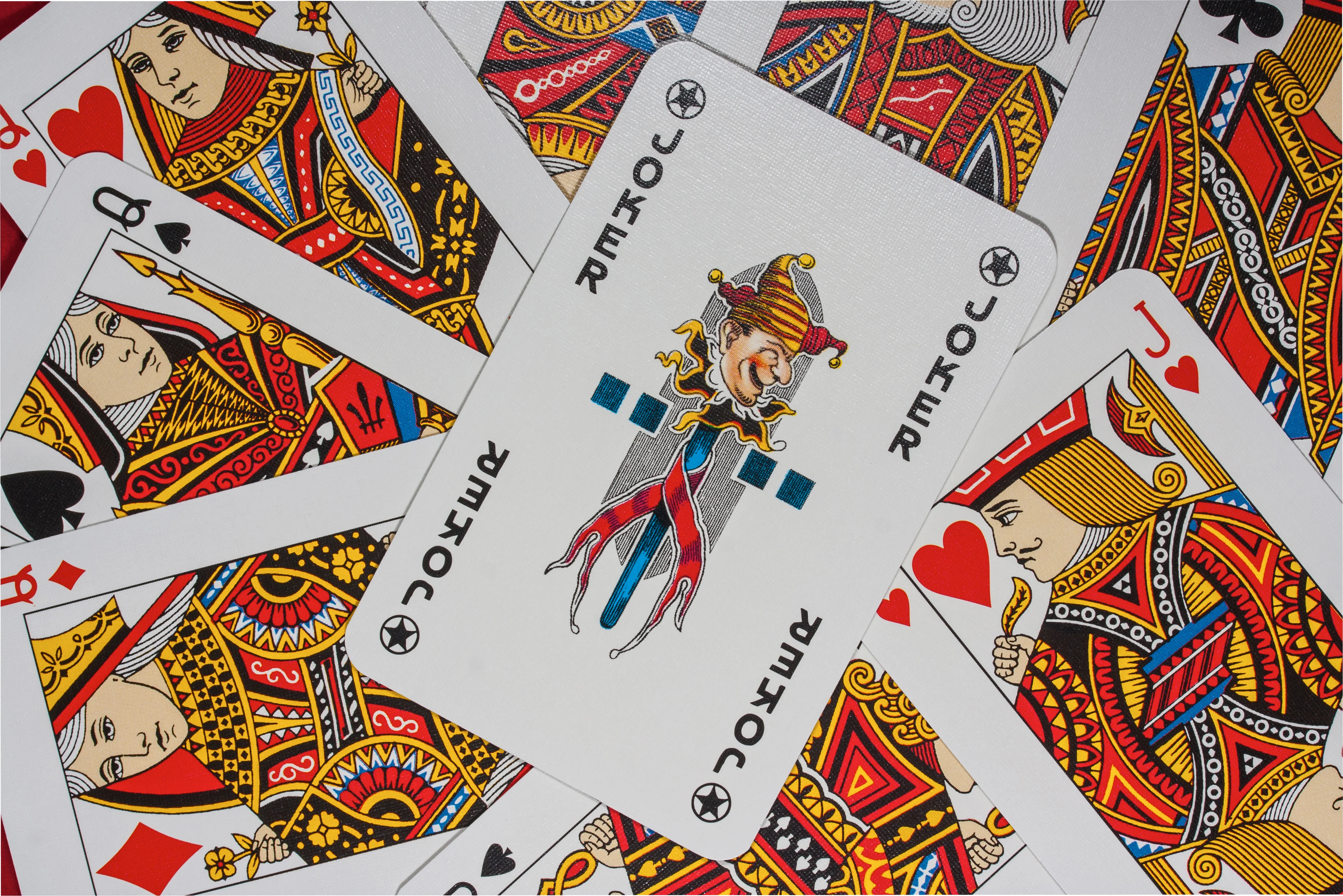Card games have been a beloved pastime across the world for centuries. Even in this age of endless digital entertainment, everyone you know has likely played cards at least once — whether with a physical deck or on a screen, often something as familiar as Solitaire.
Hearts, diamonds, spades, and clubs — these familiar symbols appear not only on playing cards but also in fashion, design, literature, and throughout pop and rock culture.
But did you know that these four suits had a lot of symbolic predecessors? Let's take a look at the pages of history to see how these suits originated.
Today's standard deck consists of either 36 or 52 cards divided into four suits. Numbered cards range from two to ten (or from six to ten), accompanied by face cards: Ace, King, Queen, and Jack. However, neither suits nor figures became standardized immediately.
Originally, playing cards arrived in Europe from China after the Crusades (1096–1270), bearing little resemblance to the decks we know today. Until the 15th century, cards were handcrafted — each one individually painted by artists, a process that was typically very labor-intensive and costly.
Some of the earliest surviving cards are colorized cards of Stuttgart (ca. 1430)

They were made by gluing up to six layers of paper together. A coating of gesso (chalk mixed with glue) was applied. The entire surface was gilded, then decorated with patterns in various colors and metallic applications. The outlines of the images were scratched out, and some details were drawn with pen and ink.
With the invention of engraving as a method of reproducing images at the turn of the 14th and 15th centuries, cards became much more widespread.
In the 15th century, three main types of card decks were used in Europe: Italian, French, and German. Each differed in suits and figures and eventually spread throughout Europe.
The first Italian cards were used for a game called "tarocchi" or "tarot". The deck consisted of 78 cards divided into four suits: Cups (chalices), Coins (pentacles or disks), Swords, and Clubs (batons or wands).
Italian card suits: Cups, Coins, Swords, and Clubs

There is a theory that Tarot cards, later used by occultists, evolved precisely from the trump part of the deck (the so-called Major Arcana). Initially, Tarot cards had an educational purpose: created by scholars of the time, they served as visual teaching tools and symbols intended to spread humanistic knowledge.
Interestingly, for many centuries, cards were not symmetrical top-to-bottom. The first attempt at issuing double-headed cards in Italy in the early 17th century did not become widespread. However, they reappeared in France at the beginning of the 19th century, eventually spreading worldwide.
The first historical record of Italian-style cards appearing in France states that in 1392, Jacquemin Gringonneur, the jester of the mentally ill French king Charles VI, painted him a deck of 32 cards — which notably had no queens. At first, they mirrored the Italian suits, but during the reign of Charles VII (1403–1461), they evolved into their own national set: hearts, crescent moons, clovers, and pikes.
In the 15th century, the suits familiar to us today were finalized in French cards: hearts (coeur), diamonds (carreau), clubs (trefle), and spades (pique).
Many scholars support the theory that the French suits symbolize knightly equipment: spades represent spears, hearts — a shield, clubs — swords, and diamonds — a coat of arms or oriflamme (a banner or standard).
Suits as the symbols of knightly equipment

Interestingly, unlike the anonymous face cards used in other countries, French playing cards featured historical prototypes. Some decks even label them as follows:
French playing cards depicting King David and Julius Caesar

The earliest German cards were modeled after Italian ones, but in the mid-15th century, new suits emerged, which still can be found in eastern and southern Germany today:
In German cards, acorns symbolize military prowess, leaves represent hunting, hearts signify matters of love, and bells denote crafts, industry, and commerce.
The mid-15th century German suits: Acorns, Leaves, Hearts, Bells

German cards had no Queens; instead, there was an additional male figure. Thus, there were three male characters: King, Ober, and Unter.
German deck of cards (Salzburg pattern)

For over 500 years, cards had no corner indices. They appeared on cards relatively recently. On February 9, 1864, Cyrus W. Saladee received US Patent №41,587 for printing suits, numbers, and letters in the corners of playing cards.
Morden cards with corner indices

Playing cards have always represented more than just a pastime — they’ve reflected culture, history, and human creativity. With such a rich legacy, it’s clear they’re here to stay. So why not enjoy a timeless card classic? Try a game of Solitaire and enjoy the magic of the cards!